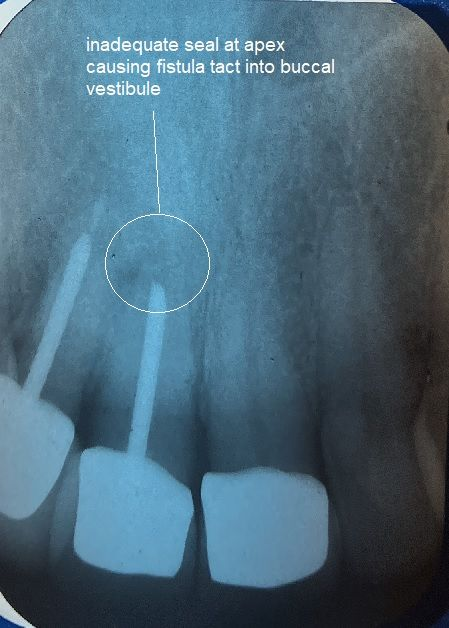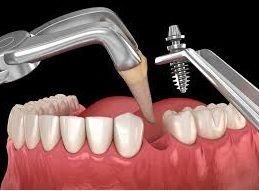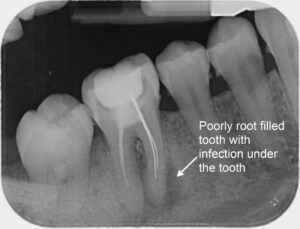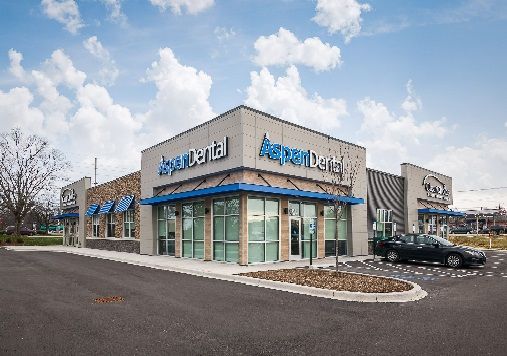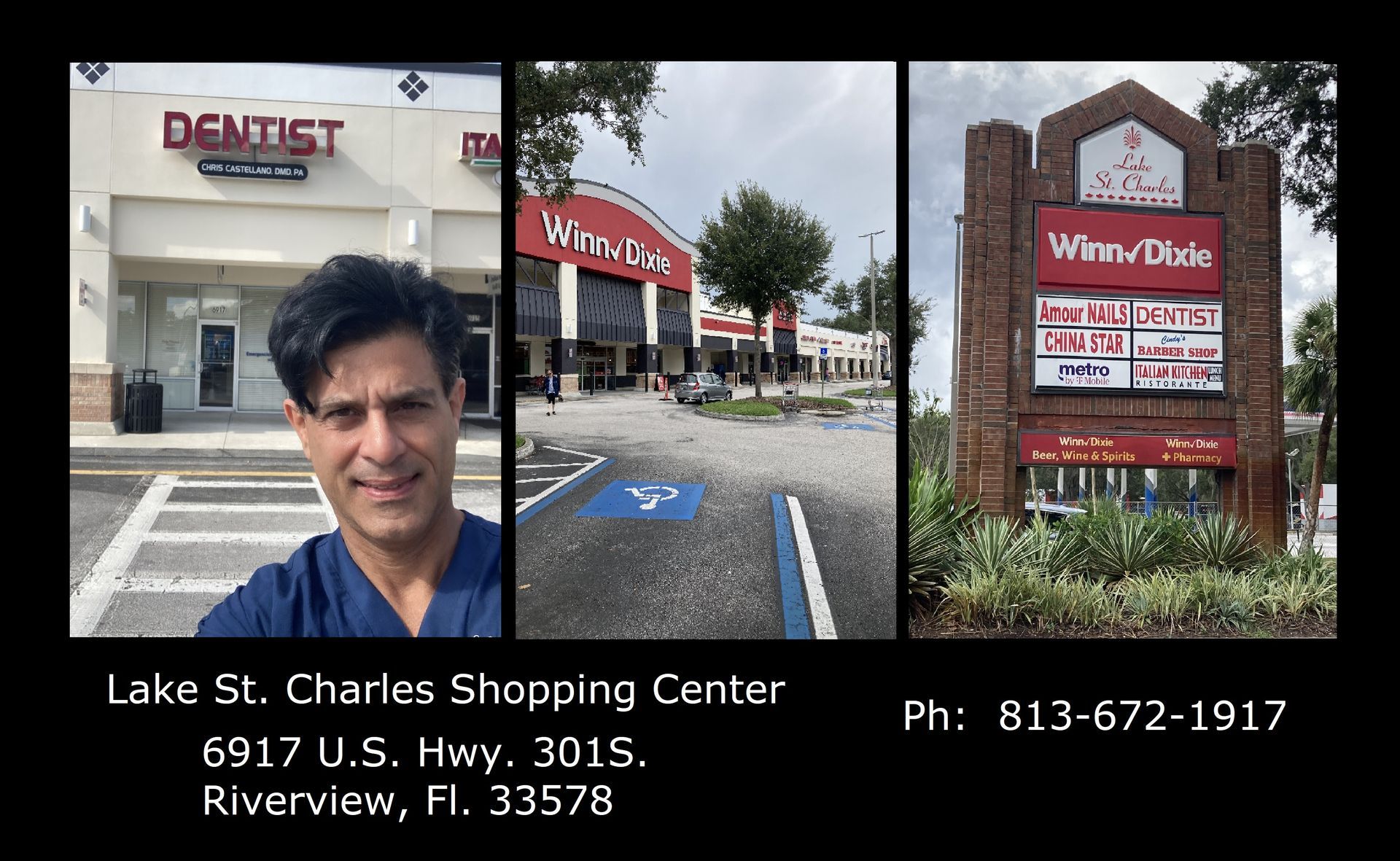In some tooth extractions, particularly wisdom teeth, a small piece of the root (called a root tip or fragment) may break off. While this can sound alarming, it’s not always dangerous.
When is it OK to leave a root tip?
- Small (2mm) , uninfected tips near sensitive areas (like nerves or sinuses) may be intentionally left in place if removal poses more risk than benefit.
When should it be removed?
- If the root is large, infected, or causing pain or swelling, it should be extracted by a dentist or oral surgeon.
- Leftover root fragments can lead to infection, pain, or delayed healing if not properly managed.
-
What to do if you’re unsure:
- Ask your dentist for post-op X-rays.
- Seek a second opinion if you have ongoing discomfort or weren't informed about a retained root.


